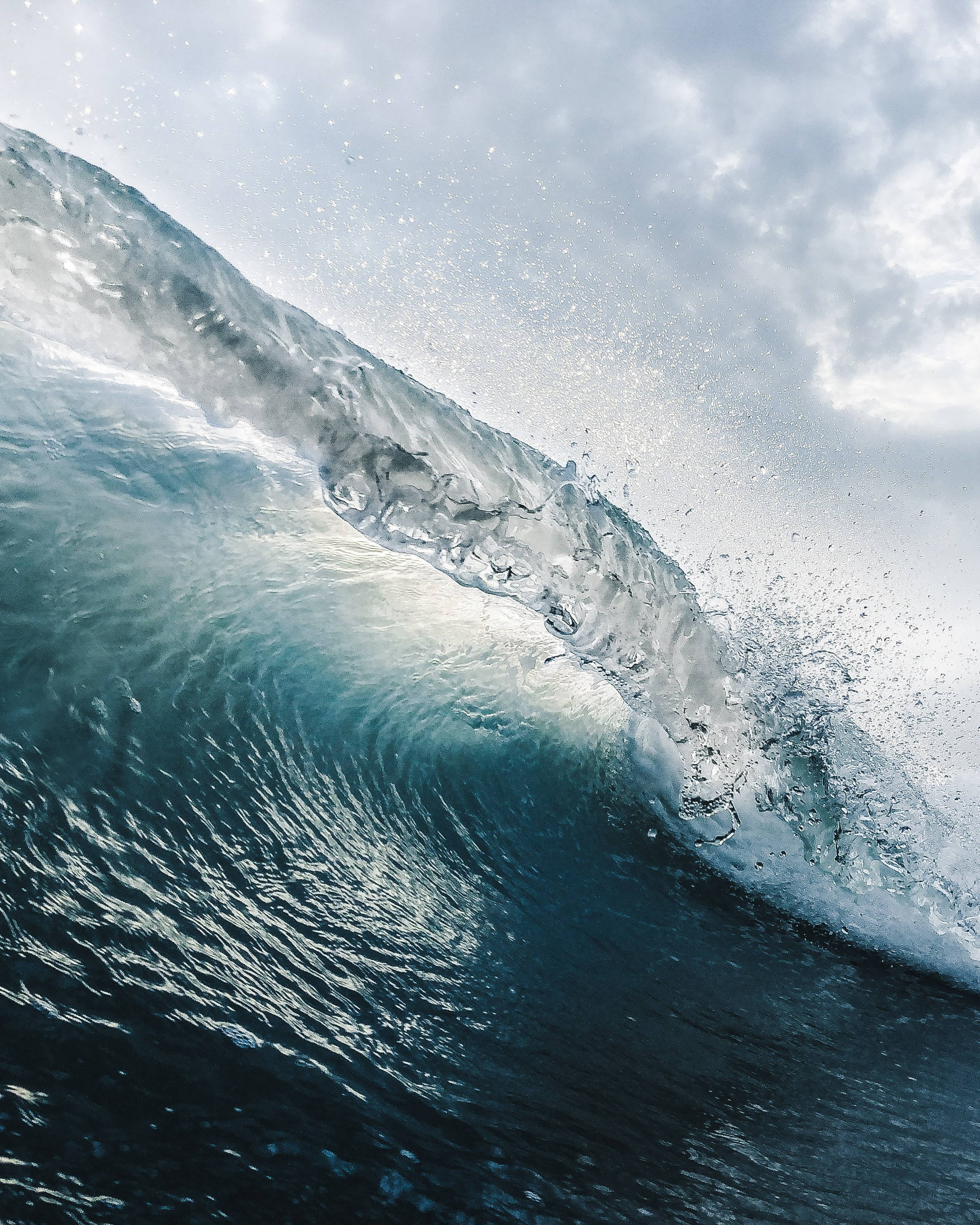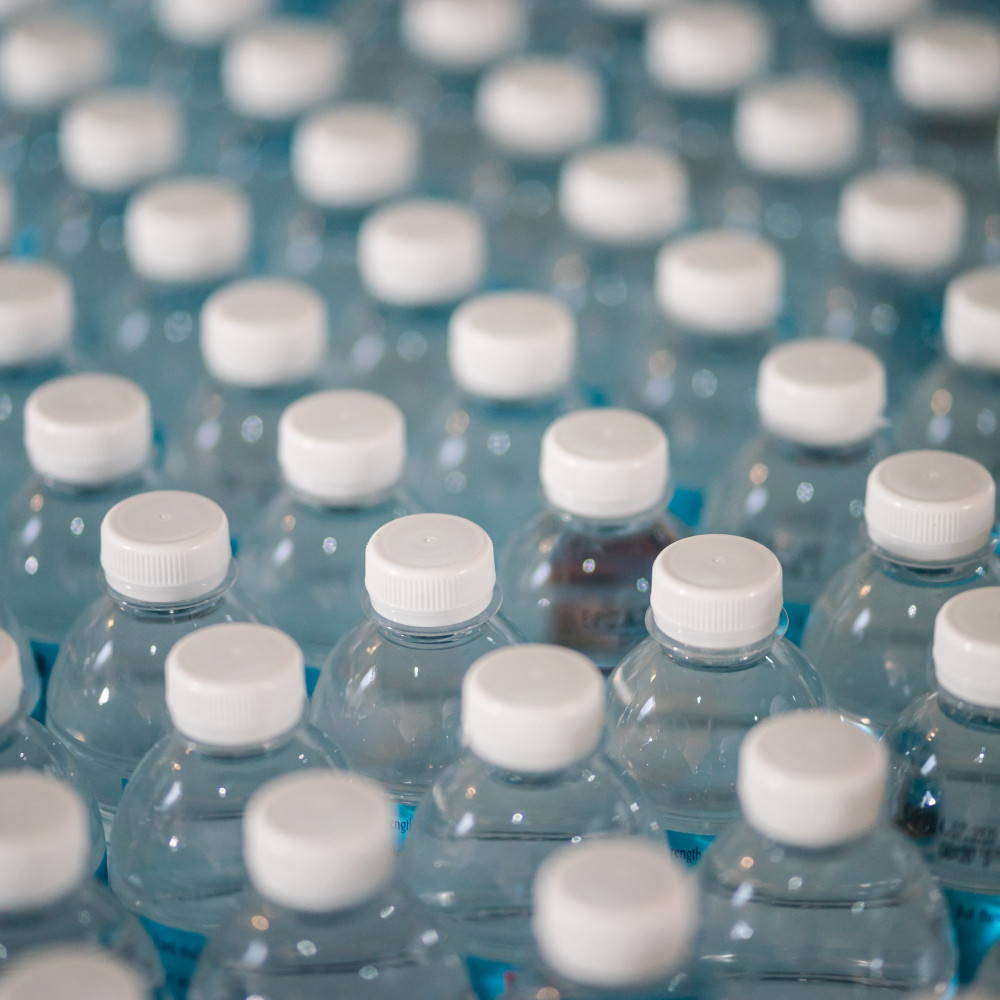SAVINGS & STUDIES

ÖKO EUROPE allows you to make real savings while doing good for your cells and our planet!
Average cost
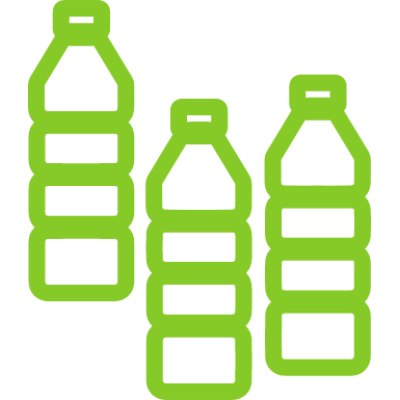
$0.46 / L
(From $0.2 to $1 per liter)
Average consumption for one couple
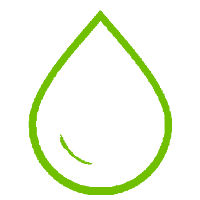
4.4 L/day
1,600 L/year
(4.4 L X 365 days)
Annual expenditure

736 €
(1600 L x $0.46)
1,066 PET bottles purchased...
(1600 L / 1.5 L)
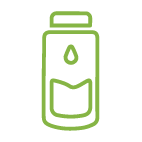
€63 for
378 L ( filter included in the cap)
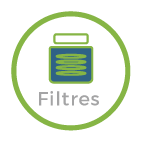


€90 for
1134 L (3 filters at $30 each)
Your savings over a year
=> nearly€600!
(€736 - €153)
A significant health risk
93 %
Bottled waterfrom 11 different brandscontained microplastics,in varying amounts.
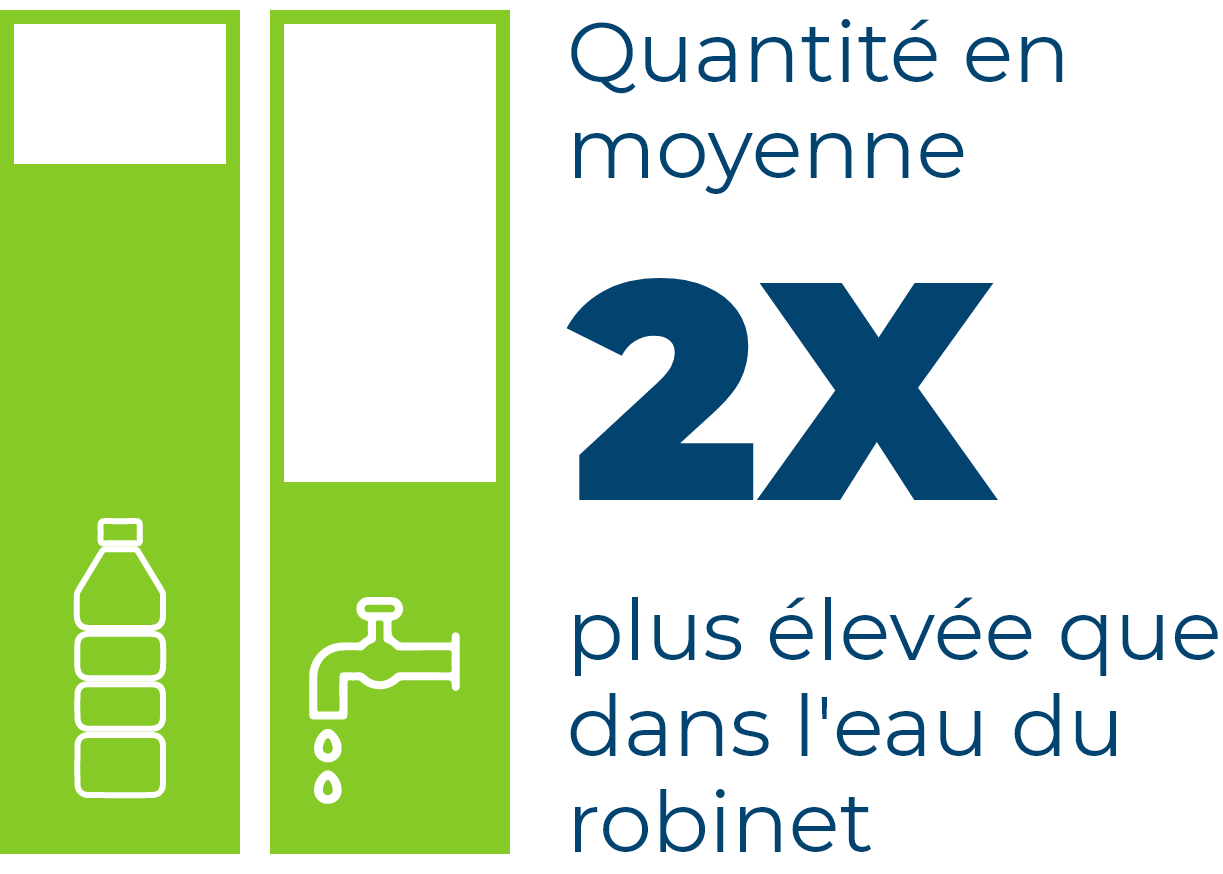

Researchers conducted thesetests in 12 countries, including Lebanon, India, and theUnited States, under the leadershipof Sherri Mason, a professorat the State University of NewYork at Fredonia.
Bottled water is "theworld's most dynamic beverage market, valued at US$147 billion per year."
Orb Media
Uneven contamination betweenbrands and samples
01 Study details
To reveal the microplastics, Mason and hiscolleagues used a special dye that bindsto plastic, an infrared laser, and bluelight that made them fluoresce.
More advanced techniques made it possible toverify the nature of particles measuring at least 100microns (0.1 millimeters), but this could not be donefor smaller particles(6.5 to 100 microns).
They are most likelyplastic, but the possibility thatother contaminants may have beenadded remains open.
Prof. Mason
I think it comes from the bottling process. Most of the plastic comes from the bottle itself.
Prof. Mason
Water in glass bottles also contained microplastics.
02 Results and conclusion
On average, researchers found10.4 particleslarger than 100 microns and 315 particles between6.5 and 100 micronsin each liter of water. That's how many contaminantsare absorbed by our bodies.
Among the particles identified were polypropylene, nylon, and polyethylene terephthalate (PET). The sizes of these particles varied greatly depending on the sample, ranging "from the width of a human hair to the size of a red blood cell."
The quantities were also uneven: some contained thousands, others none at all.
Nestlé Pure Life and Gerolsteiner had the highest average densities, at 807 and 930 microparticles per liter, respectively, compared to 30 for San Pellegrino and 63.1 for Minalba, which had the lowest contamination.
Particles small enough toenter the bloodstream
Accordingto a report published in 2017 by theFood and Agriculture Organizationof theUnited Nations (FAO)
Smaller debris, around 20 microns, or

enter the bloodstream before settling in the kidneys and liver
95 %
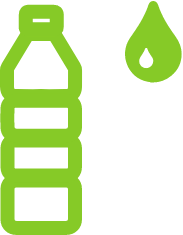
The plastic particles foundin the bottled water testranged from 6.5 to 100 microns.
Particles between 6.5 and 100 microns are small enough, according to researchers, that some can pass through the intestine and spread throughout the body.
With the ÖKO filter, these MICROPLASTICS don't get through!
All particles greater than or equal to 1.25 microns are retained.
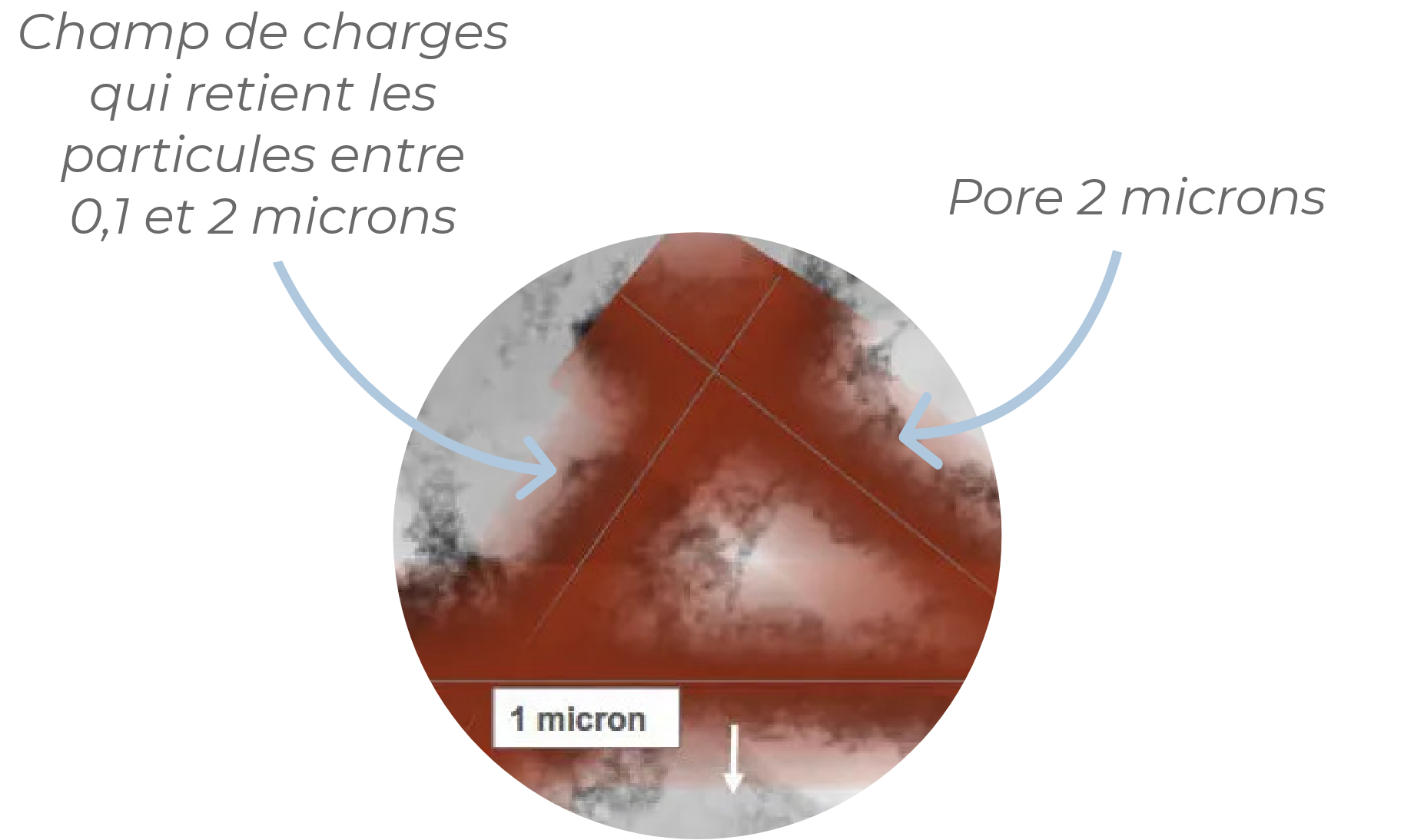
Particles smaller than 1.25 microns are retained by the nano-charged ÖKO filter.
Nowadays, filtering your water is essential!
Because the long-term effects on our bodies are still unknown.
Better safe than sorry with ÖKO EUROPE
 Contact us
Contact us
 FREE shipping* on orders over €75
FREE shipping* on orders over €75
 Delivery within 2 to 5 days
Delivery within 2 to 5 days
 Secure payment
Secure payment
 Official distributor
Official distributor

